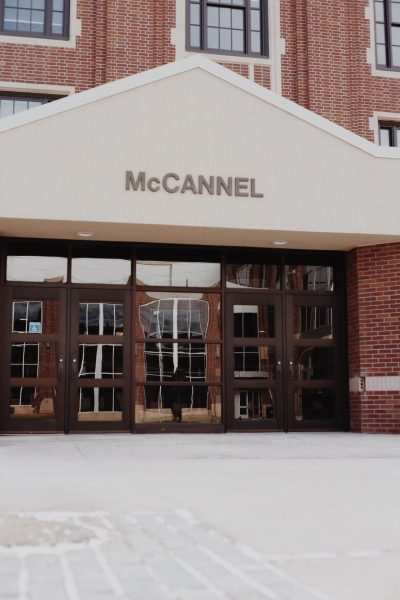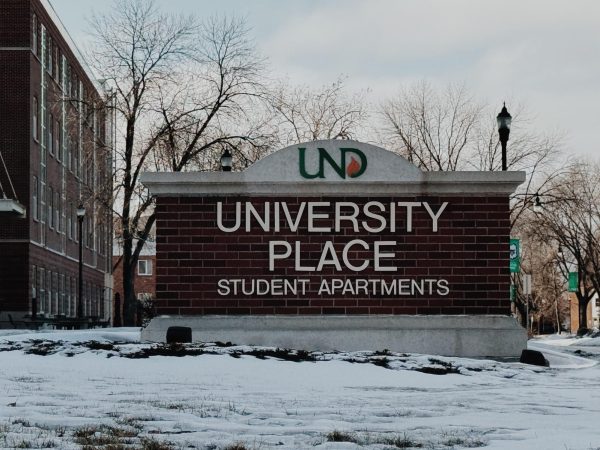Budget shortfall
Budgets shortfalls have been the topic of conversation lately, both at UND and for the North Dakota state government. While not the most thrilling of topics to some, having a solid budget is important to any policy an institution wants to pursue. Interim President Ed Schafer expressed this view to Student Senate last week, and the same idea holds true for the state government.
It has become apparent that North Dakota government will have to face the reality of lower than expected tax revenue in the near future. The Associated Press reported earlier this week: “The new forecast that’s expected to be unveiled Feb. 1 will show state revenues falling more than $400 million short of initial projections and enough to trigger budget cuts of 2.5 percent for most state agencies.”
This $400 million shortfall comes from a $14.4 billion dollar biennium budget that was passed last legislative session and took effect July of 2015.
This shortfall has repercussions for our university as well. Earlier this week Gov. Jack Dalrymple told the Grand Forks Herald that if the automatic budget cuts occur, it will add around $6 million dollars to the already $5 million budget gap that UND is experiencing. For some perspective, this is out of a university budget that is currently $535 million dollars and was $461 million dollars in 2012.
There is no reason to think the sky is falling at UND, but important decisions will need to be made. It’s easier to say budgets need to be balanced than actually picking what items to cut.
Policy-makers at the state level will be faced with these decisions as well. It is unfortunate that it will very likely come to a 2.5 percent across the board cut to state agencies, along with dipping into savings, in order to keep the state government operating with a balanced budget, but this is a consequence of having a state economy and government finances that are dependent on commodity prices.
North Dakotans deserve a state government that is efficient and fiscally sound. Any cuts to state expenditures should be seen as a temporary fix to a problem that needs to be addressed by the state as soon as possible. A more targeted and deliberate approach to appropriating state money is preferable over the long term to simply reducing all expenditures across the board, especially if these cuts are significant.
The state budget has obviously fluctuated in size and scope during the oil boom years, and changes clearly need to be made with commodity prices and tax revenue being where they are at now. This doesn’t mean that it is time to panic, but rather that there needs to be a clear-eyed viewed on what needs to be done to put the state on a path that makes it a great place to live and work. This has been done before.
These issues with budgets are not going away anytime soon; in some ways the conversations are just starting to heat up. As they progress, we should expect and demand a level-headed approach from our leaders, both at the university and statewide level.
Sean Cleary is the Editor-in-Chief of The Dakota Student. He can be reached at [email protected]












